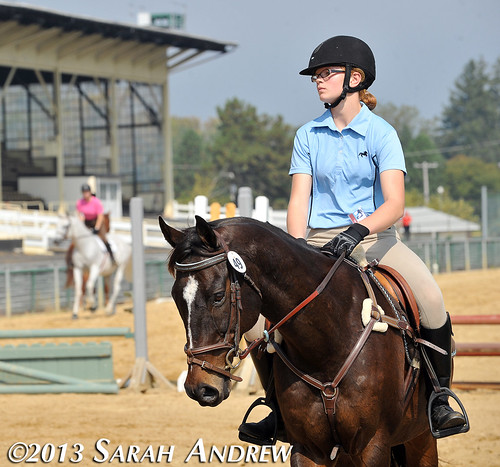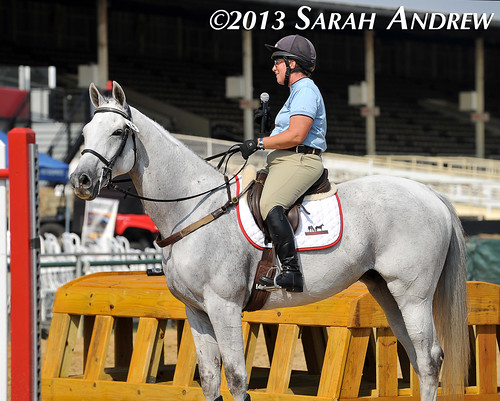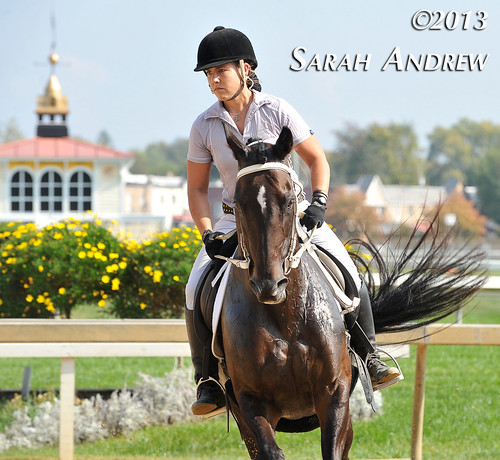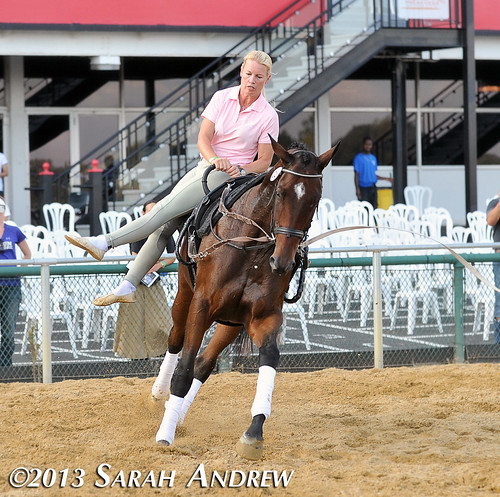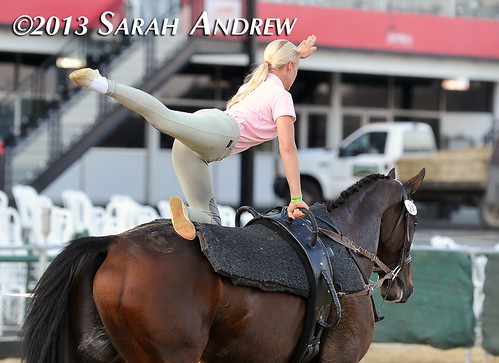Over the history of the Breeders' Cup, foreign horses that were dominant in Europe have often fallen short of their expectations in the U.S. They were well-adapted to Euro racing, and American racing turned out to be different. For every Goldikova that succeeded, there are so many that disappointed at low odds.
On the other hand, Euro horses that are not well-adapted to European racing often ship to the U.S. with less-than-stellar records and surprise, at a price. Last year, the example was the French-based filly Flotilla (Mizzen Mast), who much preferred the slick Santa Anita surface over the heavy Euro courses she'd raced on and upended the Juvenile Fillies Turf at 11-1.
The reasons for these turnabouts are not easy to figure. For example, why did Domedriver win of the 2002 BC mile following victories against lower levels of competition, in Group 2's and 3's? I put this question to Domedriver's rider Thierry Thulliez. Thulliez suspected that Domedriver's powerful turn of foot, his strong burst of speed, was best served over the shorter stretch drive at an American race track like Arlington.
On the other hand, rider Ioritz Mendizabal told me that his Spirit One was able to win the Arlington Million in 2008 because his front-running or early-paced racing style was much better served over firmer American tracks, where his horse wouldn't have to "bear the brunt of the race".
Christophe Lemaire assured me that in the case of his mount Flotilla that the filly simply preferred the firmer surface compared to the heavier ground in Europe.
When Sir Michael Stoute's trainee Dank (GB) (Dansili {GB}) won the GI Beverly D S. this past summer, some players were surprised because Dank had only been successful in Europe in Group 2s and 3s, a profile similar to that of Domedriver.
Dank comes back again for the Saturday’s Filly & Mare Turf, possibly as the favorite. It must be said that second time in the U.S. for a shipper is often more difficult than the first time. In the same race, we find another underachieving Euro, Romantica (GB) (Galileo {Ire}). Her only Group 1 win came in a suspect six-horse field at Deauville this past summer. However, the horse that finished third in that race behind Romantica, Dalkala (Giant’s Causeway) came back to win the prestigious G1 Prix de l'Opera for fillies and mares on Arc day, a race that Romantica ducked.
So now we find Romantica at Santa Anita instead of in the Prix de l'Opera, and we can wonder if this filly can surpass a record that includes mainly Group 2 and Group 3 performances. Like Domedriver and Dank, she appears to be a cut below. But trainer Andre Fabre, no stranger to surprising Breeders’ Cup wins (such as Arcangues, Banks Hill and Shirocco), may have felt his filly would prefer the surface at Santa Anita over that of Longchamp.
Romantica is by champion sire Galileo, but more interestingly, her dam is none other than Banks Hill, who won the 2001 version of this same race. Romantica was twice a beaten favorite on turf surfaces labeled "very soft" and may prefer the firm American surface that her mom loved at Belmont. She was also trounced in this year's Prix Vermeille. The surface was listed as "soft," but I was there that day and everyone in the press box was convinced it was indeed "very soft."
Nothing is inevitable in racing. Romantica finds herself in a tough field of 10 that includes some rivals who have already won over the Santa Anita turf course, and then again, there is also Dank. Both Romantica and Dank fit the paradigm of Euro horses that move up when coming to America, and Romantica could be flying under the radar.
 |
| Romantica Racing Post |













